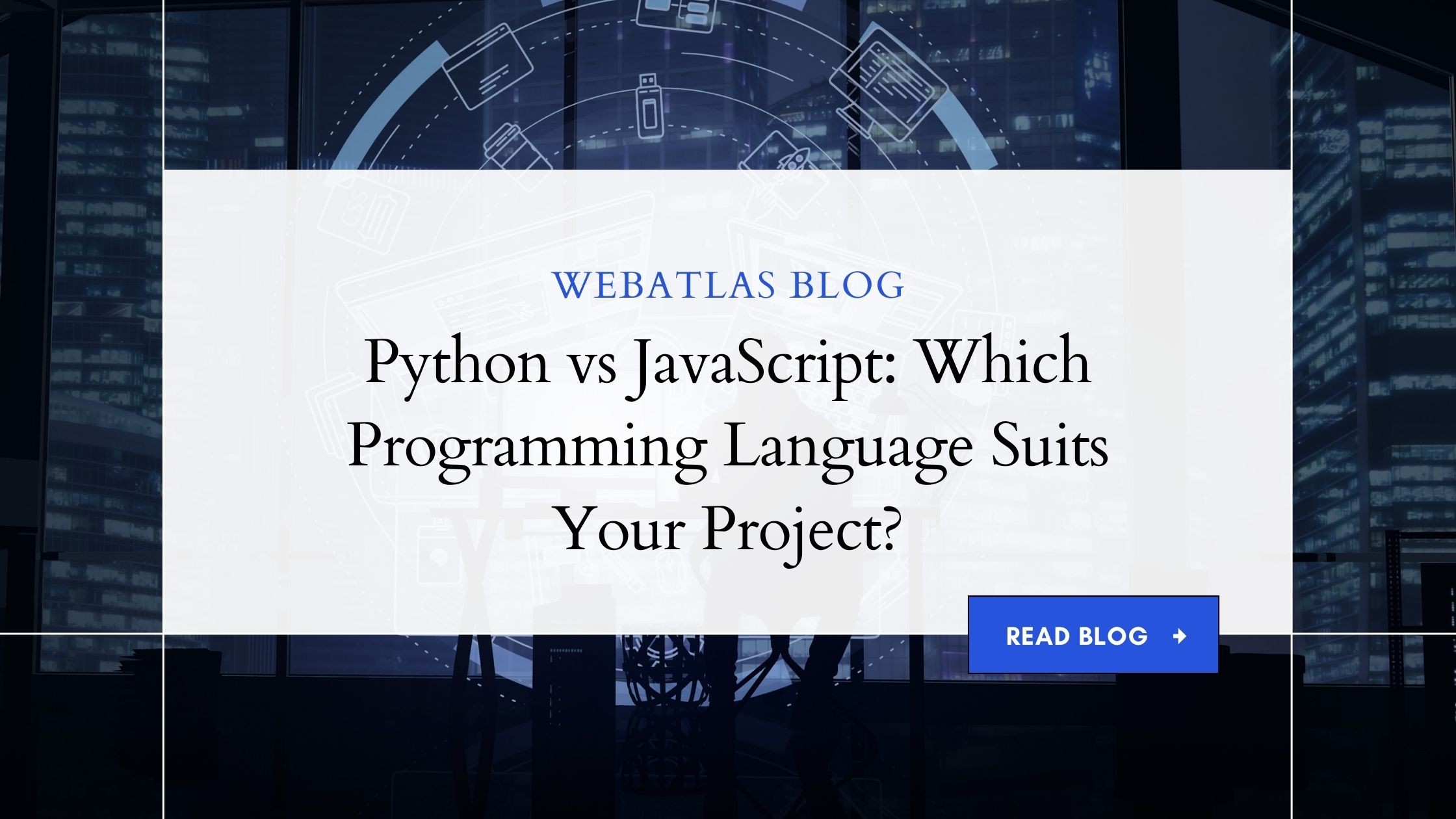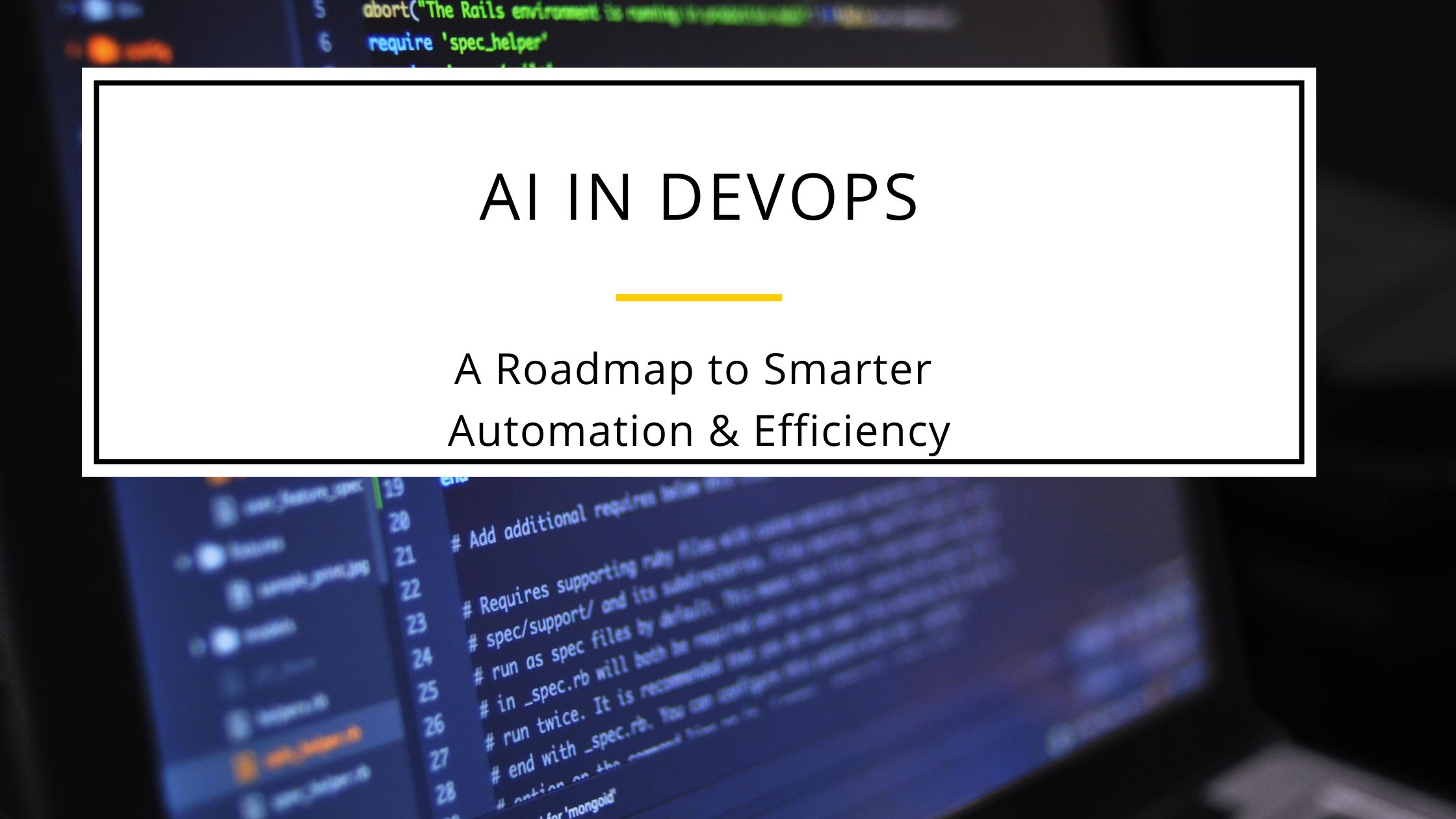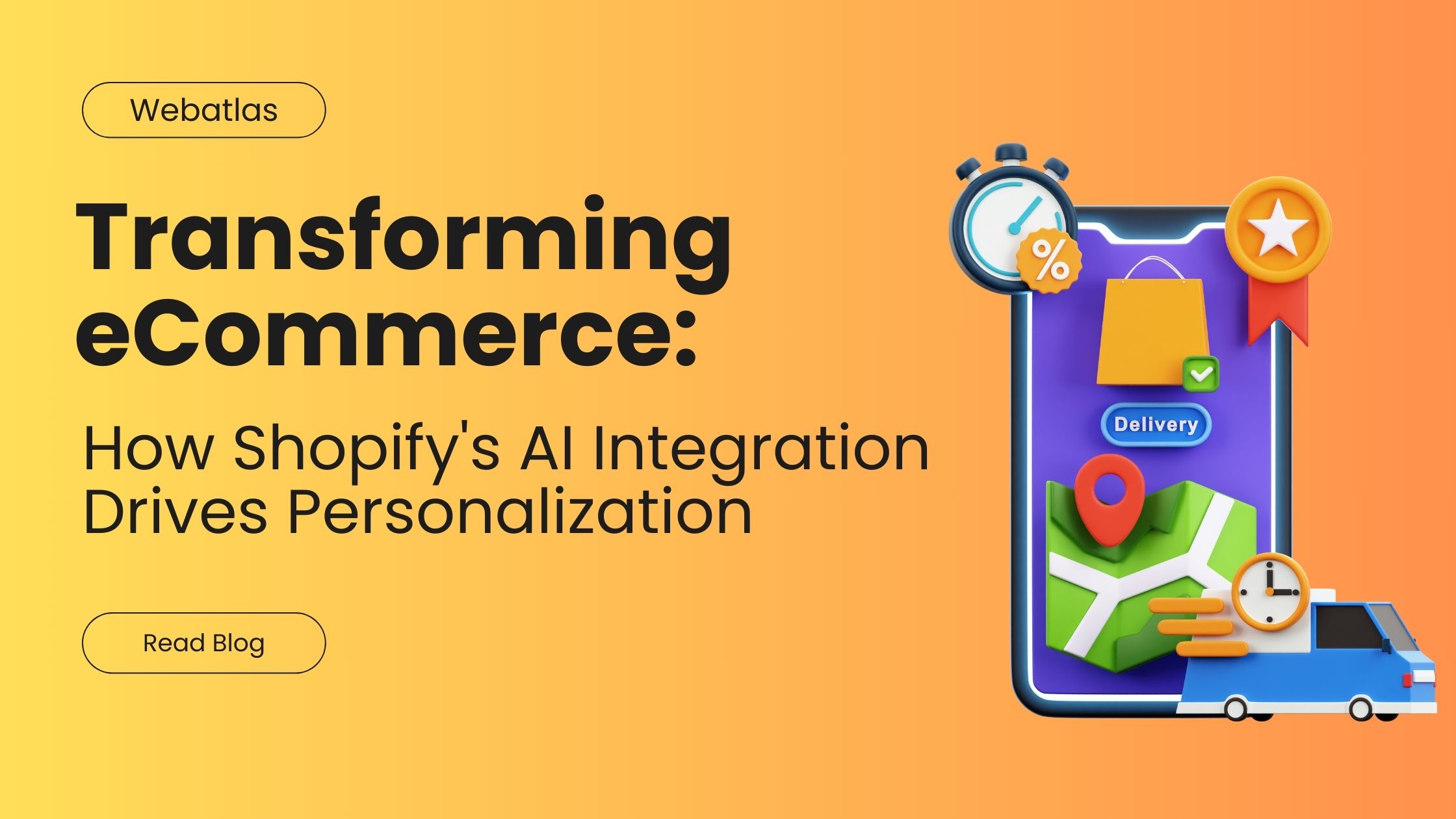Python or JavaScript: How to Choose the Right Language for Your Project

Choosing the right programming language is crucial when planning a new project. Whether you’re developing a web application, a mobile app, or a complex software system, the choice between Python and JavaScript can significantly impact your project’s success. Both languages have their strengths and are popular in the development community, but they cater to different needs and use cases. This blog will guide you through the key factors to consider when deciding whether to use Python or JavaScript for your next project.
Also Read- Cordova vs React Native: Which Framework Is Best for Your Mobile App Development?
Understanding Python and JavaScript
Python is a high-level, interpreted language known for its simplicity and readability. It was created in the late 1980s and has since become one of the most popular programming languages. Python’s clear syntax and extensive libraries make it ideal for a wide range of applications, including web development, data science, artificial intelligence (AI), machine learning (ML), and automation.
JavaScript is a versatile, dynamic programming language primarily used for web development. It allows developers to create interactive elements on websites and is a critical technology for building modern web applications. JavaScript is essential for front-end development, and with the advent of Node.js, it has also become a strong choice for back-end development.
Factors to Consider When Choosing Between Python and JavaScript
- Project Type and Requirements
- Web Development: If your project is primarily focused on web development, JavaScript might be the better choice. JavaScript is the backbone of front-end development, powering dynamic user interfaces and handling client-side operations. With frameworks like React, Angular, and Vue.js, JavaScript offers extensive support for building responsive and engaging web applications. Additionally, with Node.js, JavaScript can be used for server-side scripting, making it a full-stack solution.
- Data Science and AI/ML: Python excels in fields like data science, artificial intelligence, and machine learning. Its vast ecosystem of libraries, such as TensorFlow, Pandas, NumPy, and SciPy, makes it the go-to language for these domains. If your project involves heavy data manipulation, machine learning algorithms, or scientific computing, Python’s simplicity and the availability of powerful libraries give it a clear advantage.
- Automation and Scripting: Python is widely used for scripting and automation due to its easy-to-read syntax and extensive support for various automation tasks. From writing simple scripts to automating complex workflows, Python is often the preferred choice for developers looking to streamline repetitive tasks.
- Performance Considerations
- Speed: When it comes to raw execution speed, JavaScript typically outperforms Python, especially in web applications where real-time performance is crucial. JavaScript’s asynchronous nature, coupled with its event-driven architecture, makes it well-suited for handling tasks like I/O operations and real-time updates efficiently.
- Resource Management: Python, while not as fast as JavaScript, is efficient in resource management, particularly in applications where performance bottlenecks are less of a concern. Python’s ease of use and readability often outweigh performance trade-offs in projects like data analysis or automation scripts.
- Development Speed and Ease of Use
- Learning Curve: Python is known for its beginner-friendly syntax and readability, making it an excellent choice for developers new to programming. Its code is clean and easy to understand, allowing for rapid development and quick iteration. This makes Python a preferred language for startups and projects with tight deadlines.
- Complexity: JavaScript, while more complex due to its asynchronous nature and event-driven architecture, offers powerful capabilities for developing dynamic web applications. However, this complexity can lead to a steeper learning curve, particularly for those unfamiliar with concepts like callbacks, promises, and async/await.
- Community and Ecosystem
- Python Ecosystem: Python boasts a large and active community, which contributes to a rich ecosystem of libraries and frameworks. Whether you’re working on web development (Django, Flask), data science (Pandas, NumPy), or automation, you’ll find a vast array of resources and tools to support your project.
- JavaScript Ecosystem: JavaScript’s ecosystem is equally robust, particularly in the realm of web development. Frameworks like React, Angular, and Vue.js are widely adopted, and the Node.js environment has made JavaScript a powerful full-stack language. The JavaScript community is vibrant and continuously evolving, ensuring that developers have access to the latest tools and best practices.
- Scalability and Maintenance
- Scalability: Both Python and JavaScript are scalable, but they excel in different areas. JavaScript’s asynchronous capabilities make it highly scalable for web applications that require handling multiple concurrent connections. Python, while also scalable, is often chosen for applications where maintainability and readability are more critical than handling a high volume of concurrent users.
- Maintenance: Python’s readability and clean syntax make it easier to maintain over time. Projects that require long-term support and ongoing updates may benefit from Python’s straightforward code structure, which reduces the complexity of managing and updating the codebase.
Webatlas’s Expertise in Product Development and Mobile App Development
When choosing between Python and JavaScript for your project, it’s essential to partner with a development team that understands the nuances of each language and can guide you in making the best decision for your specific needs. Webatlas is a leader in product development services, with a proven track record of delivering high-quality software solutions tailored to the unique requirements of each client.
At Webatlas, we specialize in creating robust, scalable, and user-friendly products that leverage the strengths of both Python and JavaScript. Whether you’re developing a complex web application, a data-driven platform, or a mobile app, our team of experts can help you choose the right technology stack to ensure your project’s success.
In the realm of mobile app development, Webatlas excels in building cross-platform applications that deliver a seamless user experience. By leveraging frameworks like React Native (JavaScript) and integrating with Python back-end systems, we create mobile apps that are not only functional but also maintainable and scalable.
Conclusion
Choosing between Python and JavaScript ultimately depends on the specific requirements of your project. If you’re building a dynamic web application or need real-time performance, JavaScript might be the better choice. On the other hand, if your project involves data science, automation, or requires a language that’s easy to learn and maintain, Python could be the way to go.
Regardless of the language you choose, partnering with a knowledgeable development team like Webatlas ensures that your project will be executed with the highest level of expertise and attention to detail. With our deep understanding of both Python and JavaScript, we can guide you through the decision-making process and deliver a solution that meets your business goals.
If you’re ready to start your next project and need expert guidance on choosing the right technology stack, contact Webatlas today to learn how we can help you achieve success.
Recent Post
Let's talk about your project, or just come and say hello!
Webatlas Technologies is the fastest growing web and mobile app development company



